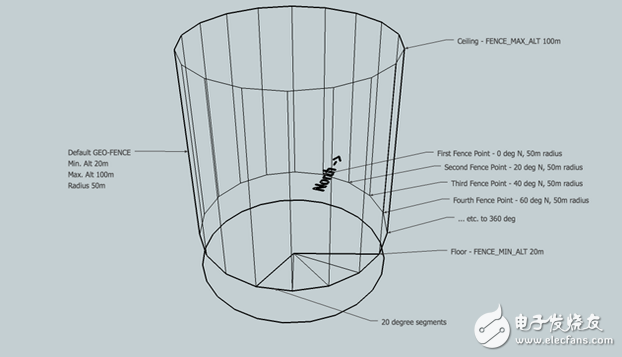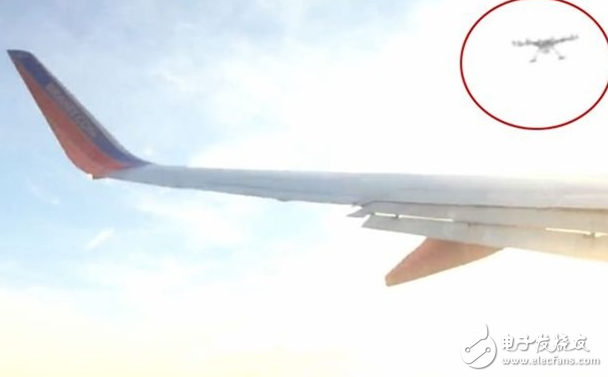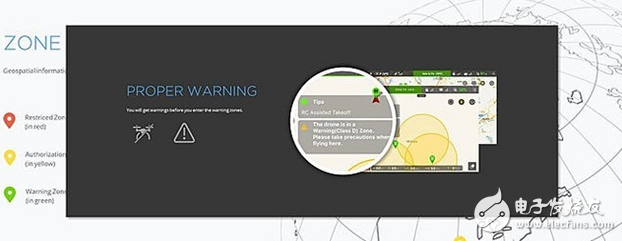Perhaps you have heard about the news that a drone collided with a passenger plane outside Heathrow Airport a few days ago. There is no doubt that this incident has become the focus of attention. However, some global media and some government officials and police officials believe that it is necessary to strengthen legislation to limit drones. This view is not correct. Perhaps we need to look at this incident more comprehensively and rationally. First, the accident occurred at Richmond Park, 8 miles from Heathrow Airport.

This is not an idiot operating the drone in the world's busiest air traffic center. The drone operator who caused the accident just violated British law and made the drone's flying height higher than 400 feet.
Second, the degree of damage to the passenger aircraft has yet to be fully evaluated. Many media have labeled the crash as a "collision". However, this so-called "collision" is like a mosquito hitting me on the road. In fact, after a simple inspection, the passenger plane was ready for the next flight. Interestingly, if this is an EasyJet airliner, it may be handed over to the drone for inspection. It is true that drones are potentially risky, but we must remember that in 2009 an A320 Airbus (coincidentally the same model as the one that crashed a few days ago) collided with the birds, and then both engines failed. An emergency forced landing on the Hudson River accident.

Last month, Mercatus researcher Eli Dourado and Samuel Hammond conducted an in-depth study of drone threats to commercial flights. They used data from past collisions between birds and aircraft to estimate the possibility of a collision between a drone and an aircraft and the extent of damage that the drone could cause. The two researchers estimated that a deadly drone-to-aircraft collision could occur about every 187 million years. Even if you count the small friction accidents that occurred before, it will take a long time for the drone to completely smash the plane from the air. Obviously, this situation is unlikely to happen in the short term. It can be said that the current passenger plane is safe.
What the legislature and pilots should expect is that drone manufacturers are beginning to use software to limit the illegal flight of drones. DJI UAVs are currently working on this, which is definitely good news for the US Federal Aviation Administration and the aviation administrations of other countries. In order to ensure the safety of drone flight, geofencing is clearly a very convincing technology. Perhaps it would be like buying a Ferrari but limiting its speed to 60 mph, but for the smooth development of the drone industry, events such as London Heathrow and other unpredictable events should no longer be occur.

The current GEO self-intercepting system for DJI can provide drone operators with real-time no-fly zone information, such as over the airport, large sports events, and prisons. In fact, the drone itself should not fly to these areas. The DJI drone released an update last year, setting up a no-fly zone over the White House, and they are still actively setting up a new no-fly zone. 3DR is also developing similar geofence technology, but there are currently two important issues to be addressed in this technology. First, not all drone manufacturers will let the drone build this function; second, take the example of the UAV user, they have the right to temporarily open their own right to fly to the airspace of the no-fly zone.
Unless the mandatory geofence becomes a standard, there are restrictions on the flight location and flight altitude of the drone, otherwise we will see more debates between the aircraft and the drone in the future. The ultimate injury will definitely be the entire drone industry.
Smart Breathing Range Hood,Breathing Range Hood,Low Noise Range Hood,Black Stainless Range Hood
JOYOUNG COMPANY LIMITED , https://www.globaljoyoung.com
